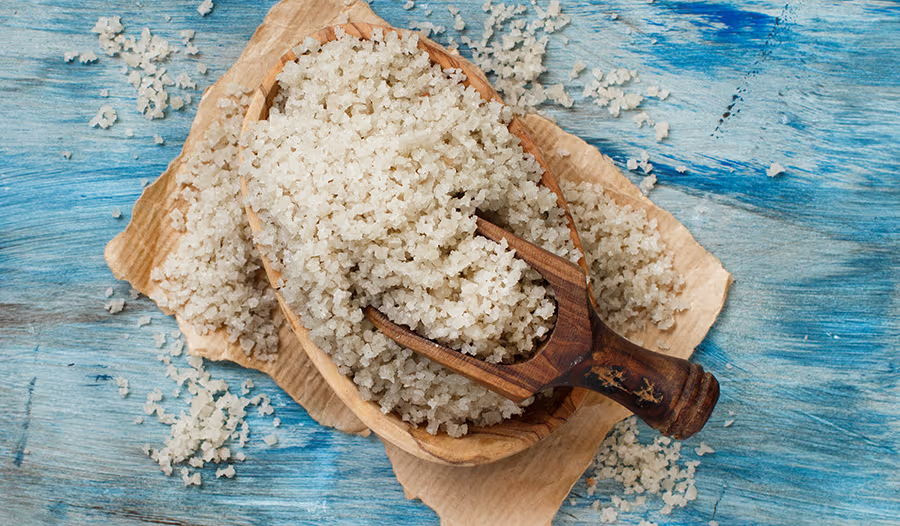Italy, with its tapestry of vineyards and centuries-old winemaking traditions, is home to hundreds of indigenous grape varieties. Among them, Coda di Volpe stands out—not for its fame, but for its quiet elegance and the poetic beauty of its name, which translates to “tail of the fox.”
This unique white grape, native to the southern Italian region of Campania, carries centuries of history in its elongated, tapering grape clusters that resemble a fox’s tail. Despite being lesser known outside of Italy, Coda di Volpe is cherished by local winemakers and increasingly appreciated by oenophiles seeking authenticity and terroir-driven wines.
A Glimpse into the Past
Coda di Volpe’s roots reach deep into ancient history. The grape is believed to have been cultivated in Campania since Roman times—some wine historians speculate that it could even be one of the varietals described by Pliny the Elder in his encyclopedic Naturalis Historia. Its longevity in southern Italy is a testament to its adaptability and the esteem in which it has long been held.
Despite this rich background, Coda di Volpe has often lived in the shadow of more prominent white varieties like Falanghina, Greco, and Fiano. Only in recent decades has it begun to receive more focused attention, thanks to producers dedicated to revitalizing and showcasing Campania’s native grapes.
Etymology and Appearance
The name Coda di Volpe is one of the most evocative in the world of viticulture. It directly refers to the distinctive shape of its grape clusters—long and tapered, with berries that become golden as they ripen, giving the illusion of a bushy fox’s tail in motion.
This visual metaphor has endured for centuries and encapsulates the romanticism often associated with Italian wine culture. Unlike many technical or geographical grape names, Coda di Volpe’s name carries a sense of storytelling and natural beauty.
Viticultural Characteristics
Coda di Volpe is a late-ripening variety that thrives in the volcanic soils of Campania, particularly on the slopes of Mount Vesuvius. It is moderately vigorous and relatively resistant to drought, which suits the warm Mediterranean climate of the region. However, it can be susceptible to rot due to the tightness of its grape bunches, requiring careful vineyard management.
In the vineyard, Coda di Volpe produces medium to large clusters with thick-skinned, yellow-green berries. These grapes tend to accumulate sugar easily, resulting in wines that are often medium-bodied with moderate acidity—ideal for producing wines with approachable richness and soft texture.
Coda di Volpe in the Glass
The wine produced from Coda di Volpe is known for its delicacy and subtle complexity. It rarely shouts for attention but rather offers a quiet, refined drinking experience.
Typical Flavor Profile:
- Color: Pale straw yellow to golden, depending on vinification and aging.
- Aroma: Floral and fruity with notes of apple, pear, melon, and citrus, occasionally layered with hints of honey, herbs, or flint.
- Palate: Soft and round with gentle acidity, often expressing a mineral-driven character due to the volcanic soils.
- Finish: Clean and sometimes slightly nutty or saline.
These wines are typically dry, though some semi-dry and late-harvest expressions exist. Most are consumed young, though a few higher-quality versions may age gracefully for a few years, developing more complexity.
DOC and Regional Expressions
Coda di Volpe is allowed in several Denominazione di Origine Controllata (DOC) wines, most notably:
- Lacryma Christi del Vesuvio Bianco DOC: A blend that often includes Coda di Volpe along with Falanghina or Greco. These wines, grown on the fertile volcanic soils near Mount Vesuvius, are known for their richness and minerality.
- Sannio DOC and Irpinia DOC: Here, Coda di Volpe may be used in monovarietal form or as part of a blend.
- Campania IGT: Wines labeled under this broad geographical indication may feature Coda di Volpe as the star grape, often giving producers greater flexibility in style.
Revival and Modern Winemaking
In the past, Coda di Volpe was often relegated to blending, used to add softness or body to more aromatic or acidic varietals. But in recent years, forward-thinking producers have recognized its potential to produce high-quality, varietal wines.
Modern winemaking techniques—such as temperature-controlled fermentation, careful harvesting, and judicious use of lees aging—have elevated Coda di Volpe’s expression. Some wineries even experiment with amphorae, concrete eggs, or neutral oak barrels to enhance the textural nuances and bring out the grape’s hidden depths.
Producers like Feudi di San Gregorio, Mastroberardino, and Cantine Olivella have helped raise awareness of this ancient grape, creating wines that are both rooted in tradition and aligned with contemporary palates.
Food Pairing with Coda di Volpe
Coda di Volpe’s mellow acidity and rounded mouthfeel make it a versatile food wine. It pairs wonderfully with many traditional dishes from southern Italy:
- Seafood: Grilled calamari, shrimp risotto, and branzino benefit from the wine’s mineral backbone.
- Cheese: Soft, mild cheeses like mozzarella di bufala or ricotta salata.
- Pasta: Especially with lemony sauces, seafood, or light cream-based preparations.
- Vegetarian dishes: Zucchini flowers, roasted vegetables, or eggplant parmigiana.
- Pizza: A classic Margherita or white pizza complements Coda di Volpe’s subtle fruitiness and soft acidity.
Its balance and freshness also make it an ideal aperitivo—enjoyed chilled on a warm afternoon with light bites or antipasti.
Why It Matters Today
Coda di Volpe’s resurgence is part of a broader movement in Italy to rediscover and protect native grape varieties. In a global wine market increasingly saturated by international varietals like Chardonnay, Sauvignon Blanc, and Pinot Grigio, lesser-known grapes like Coda di Volpe provide a distinctive voice—a sense of place and heritage that cannot be replicated elsewhere.
For wine lovers, discovering Coda di Volpe offers an opportunity to connect with a deep-rooted viticultural history and to taste the landscape of Campania in liquid form.
It also aligns with a growing consumer desire for sustainability and biodiversity, as cultivating local varieties reduces the environmental impact associated with non-native grapes and supports agricultural traditions.
Coda di Volpe Beyond Campania?
At present, Coda di Volpe is almost exclusively grown in Campania, and there are few signs of it being exported or planted elsewhere. But with the ongoing interest in indigenous varietals and low-intervention wines, it’s not unthinkable that we may one day see experimental plantings in other Mediterranean-like regions. For now, though, the best way to experience Coda di Volpe is to visit southern Italy or seek out wines from reputable Italian importers.
Final Thoughts
Coda di Volpe may not be a household name, but for those who take the time to explore beyond the beaten path of Italian wines, it offers a rewarding and authentic experience. With its storied past, graceful expression, and ties to the volcanic terroir of Campania, it embodies everything that makes Italian viticulture so endlessly fascinating.
So next time you’re browsing a wine list or strolling through a wine shop, look for the fox’s tail—you might just discover a new favorite white wine.




